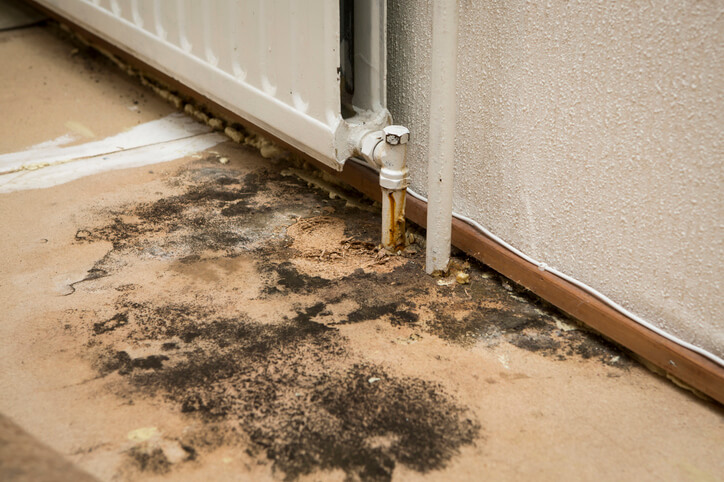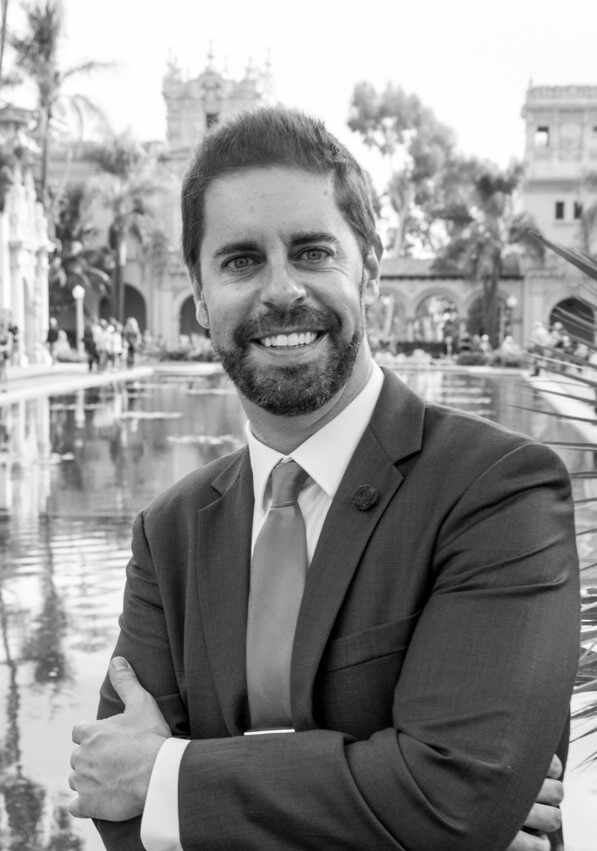The CDC offers excellent guidance to the public on finding and eliminating toxic mold. It reports that mold is frequently found in homes and buildings of all types. Additionally, just a few types of mold account for most mold present in buildings and dwellings.
Unfortunately, some mold infestations are preventable — and they are caused by human culprits. If you have been harmed by toxic mold exposure, it’s vital to find out who is responsible. Compensation may be available for any losses you experience, but you must seek them from the appropriate responsible party.
Responsibility for Environmental Harms and Dangers
With the exception of bioterrorists, no one purposefully introduces mold or other contaminants into a home or dwelling. Instead, mold can enter a building and spread through careless actions, inadequate control measures, or willful refusal to follow basic environmental regulations.
When pursuing an environmental law claim, a lawyer must draw a causal connection between another person’s actions or inaction, the mold infestation, and your injuries. If your injuries were caused by mold exposure, and this mold existed due to another person’s choices, you may have a valid, winnable claim against that person.
Considerations in Determining Responsibility for Mold Exposure
To determine whether someone or some business entity is responsible for the presence of toxic mold, a mold exposure lawyer will consider several questions. These include:
Did the person or entity disregard a legal obligation?
Landlords must safely clean and remove mold when it is present in tenants’ units. Businesses must follow sanitation and environmental regulations in maintaining their equipment and premises. Violating these duties can suggest legal liability for mold exposure.
Did the person or business have notice of the mold infestation?
Knowing there is an active mold infestation can trigger a proprietor’s obligation to fix the problem. Failing to do so can lead to legal action and recovery against the proprietor.
Notice of a mold infestation can come from a complaint or comment by a tenant or employee. For example, suppose that you inform your landlord that you see mold growing in your building. In that case, your landlord would now have notice or knowledge of a mold infestation and would be required to fix it.
A proprietor may also obtain knowledge about the presence of mold if the infestation is readily apparent. If mold is growing on an office’s walls or ceilings, then the owner of that business or office building may be deemed to have knowledge of a toxic mold infestation even if no one ever verbally reports the mold.
What steps did the person or business take to clean the mold?
Mold can be stubborn and can linger despite cleaning efforts. Many property owners follow their legal responsibilities and take reasonable steps to clean mold after being notified of its presence. Lawsuits against these parties are not likely to succeed.
However, if a cleaning method does not eliminate the mold, the property owner cannot simply throw their hands up and walk away. More aggressive measures, including calling in professional cleaners, may be warranted under those circumstances.
What a San Diego Environmental Law Attorney Can Do for You
If you have been exposed to toxic mold and your health has been adversely impacted, contact Thompson Injury Law right away. If we accept your case, we will ask these and other pertinent questions to identify who may be responsible for any injuries and harm you suffered.
Thompson Injury Law is committed to helping clients in San Diego, CA, and the surrounding area. We aim to hold proprietors and others responsible for allowing toxic mold to persist. Contact our office today to schedule a consultation with one of our environmental trial lawyers.


